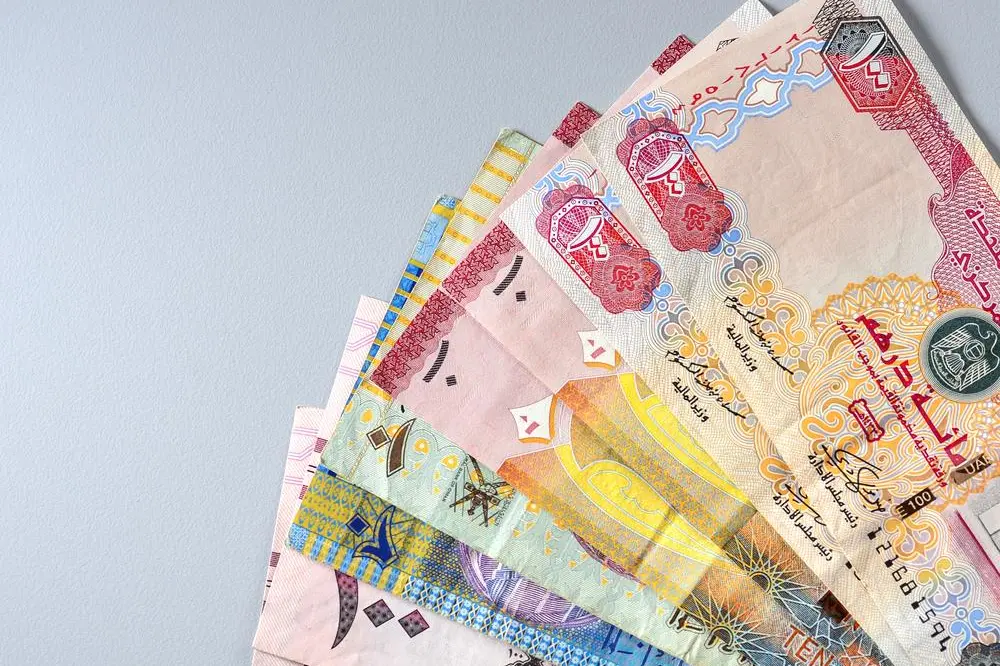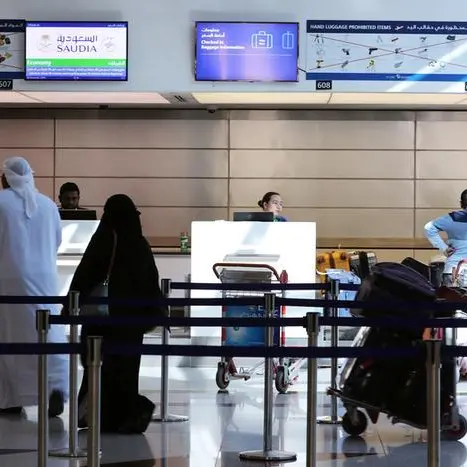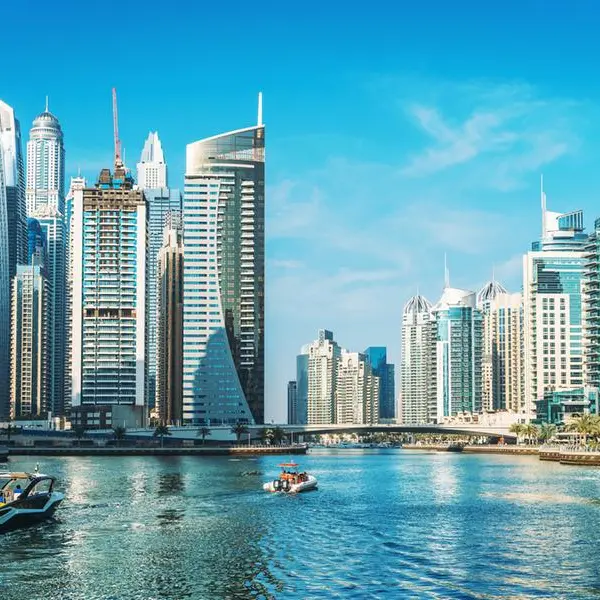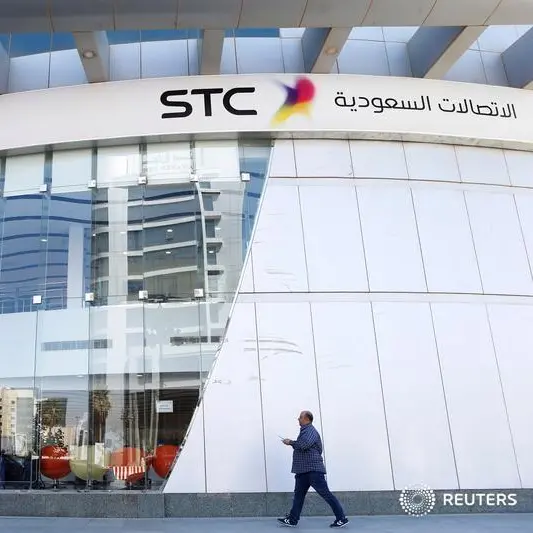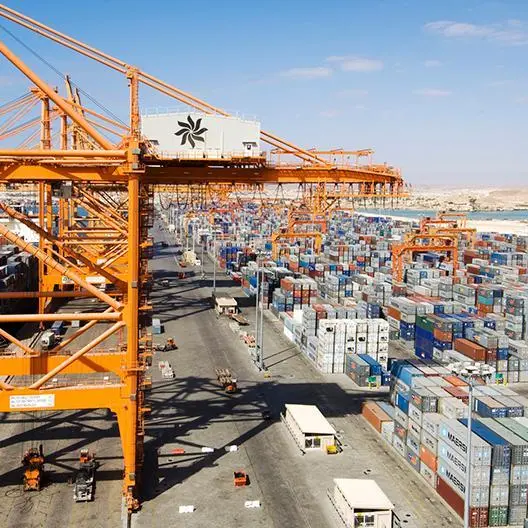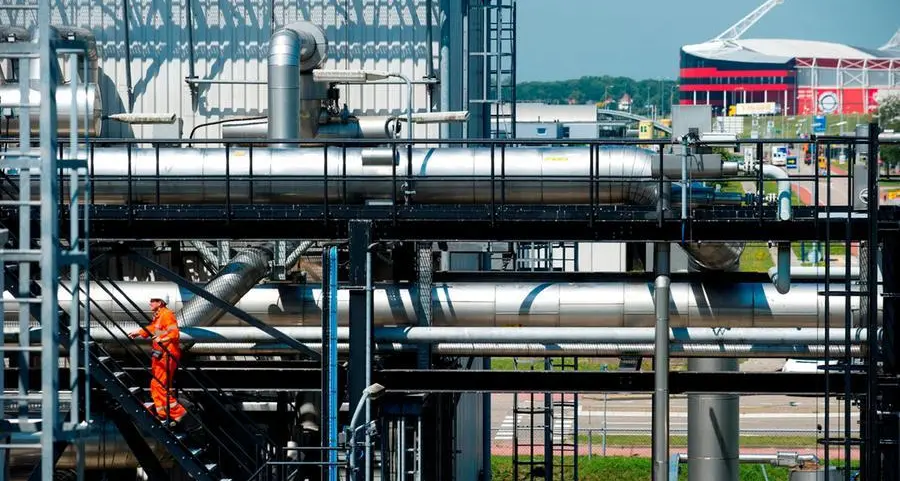PHOTO
According to the World Bank, growth across the Gulf region is expected to increase from two per cent last year to 2.1 per cent in 2019, before accelerating to 3.2 per cent in 2020 owing to the ongoing reforms which are meant to improve the business environment in the region.
The GCC, home to some of the fastest-growing economies in the emerging markets, is seeing increased investment in the financial sector as banks seek to diversify their risk profiles and strengthen capital generation through earnings.
Additionally, banks across the region are also increasing their international foray, reducing a glut of banks through a wave of synergies as well as digitalising of their products and services to enhance customer experience. However, banks in the Middle East do not operate independently of their environments which pose severe threats to their businesses.
S&P Global expects GCC economies to show modestly stronger economic growth in 2020 after a dip this year following an aerial strike on some of the Kingdoms largest oil facilities in September 2019. The drone attack on the Abqaiq processing plant and Khurais field temporarily reduced production by more than half.
The growth in GCC countries will remain below than what was seen during the era of triple-digit oil prices, says the IMF. Growth is also likely to be constrained by a broader global slowdown, regional geopolitical tensions and diplomacy fallouts as well as the ongoing US-China trade tension and the slump in global oil prices.
S&P expects net lending expansion to remain flat in the mid- single digits on average and the cost of risk to stabilise at around one per cent of total loans, due to the stronger buffer of provisions that GCC banks accumulated over the past few years and linked to International Financial Reporting Standards (IFRS 9).
Banks took the opportunity of the transition to IFRS 9 in 2018 to recognise the effect of the softer economic cycle on their asset quality indicators in a relatively conservative manner, therefore, the amount of problematic assets, which is defined as IFRS9 Stage 2 and 3 loans is expected to remain stable.
S&P said that GCC banks profitability will deteriorate slightly or stabilise at best. Regional lenders profits will likely be affected by the shift in global monetary policy toward lower interest rates for longer.
The Central Bank of the UAE and the Saudi Arabia Monetary Authority reduced their interest rates by a quarter percentage point after the Federal Reserve policymakers lowered their main interest rate for a second time in 2019 saying the move should be sufficient to sustain the US expansion. The Saudi riyal and the UAEs dirham are pegged to the US dollar and the central banks in the respective countries follow the US Federal Reserve on interest rate moves.
The global monetary policy trends have already triggered a closer look from GCC banks management toward operating costs, including through higher digitalisation and collaboration with fintech firms.
DIGITALISATION EFFORTS
GCC banks are increasingly digitising their products and services as well as experimenting, invest and integrate with fintechs. Banks are leading or participating in several accelerators, incubators and training programmes to get early access to technology and talent.
In March 2019, Emirates NBD partnered with Dubai International Financial Centre FinTech Hive, to launch a new programme where they are certifying fintechs that collaborate, co-create and innovate using the banks API Sandbox.
According to Moodys, the UAE-based lenders collaboration with fintech start-ups is credit positive because it will help the lender develop new digital products and services to meet evolving customer expectations, supporting the banks profitability.
Emirates NBD and DIFC FinTech Hive certified five fintech start-ups in August 2019, including Monimove, Norbloc as well as Gamechanger, Leap FinTech and Bankbuddy, a chatbot for the financial industry, following their successful integration with the banks API Sandbox.
Additionally, Emirates NBD together with family-owned Mashreq Bank, unveiled online banks for SMEs, entrepreneurs and start-ups as they invest in digital transformation and address challenges faced by new businesses. E20. is Emirates NBDs second digital bank, following the success of Liv., the UAEs first lifestyle-based digital bank for millennials and Gen-Z launched in 2017 while Mashreqs NeoBiz is a business account version of Mashreq Neo, the digital bank it started in October 2017.
GCC M&A ACTIVITY
Fitch Ratings said that given the overbanked nature of some GCC banking systems, further consolidation could help improve banks performance and financial stability hence a new wave of merger and acquisition (M&A) motivated by purely economic reasons could follow, but it may take longer to be realised.
Similarly, S&P said that banks in the GCC continue to display strong capitalisation by global standards and the rating agency took a couple of positive rating actions because of upcoming mergers or our view of higher systemic importance.
The Central Bank of Kuwait recently approved the proposed merger between Kuwait Financial House (KFH) and Bahrains Ahli United Bank (AUB). The consolidation is expected to create the largest banking entity in Kuwait with assets of around $94 billion and the sixth-largest bank in the Gulf region.
In the UAE, Abu Dhabi Commercial Bank merged with Union National Bank and the combined entity acquired Al Hilal Bank, creating a banking group with AED 423 billion in assets in May 2019.
Additionally, Dubai Islamic Bank (DIB) and Noor Bank are also exploring the possibility of a merger, which is expected to create a Shariah compliant lender with AED 277 billion ($75 billion) in assets. The Investment Corporation of Dubai is the largest shareholder in DIB with a 28 per cent stake and it is also one of the biggest investors in Noor Bank.
Similarly, in Saudi Arabia, National Commercial Bank is in the process of merging with Riyad Bank to create the Gulfs third-largest lender with $193 billion in assets.
Consolidation can help banks to develop their franchises, diversify their risk profiles and strengthen capital generation through earnings.
REGIONAL LENDERS PROFITS WILL LIKELY BE AFFECTED BY THE SHIFT IN GLOBAL MONETARY POLICY TOWARD LOWER INTEREST RATES
FOR LONGER.
S&P Global Ratings
2019 CPI Financial. All rights reserved. Provided by SyndiGate Media Inc. (Syndigate.info).
